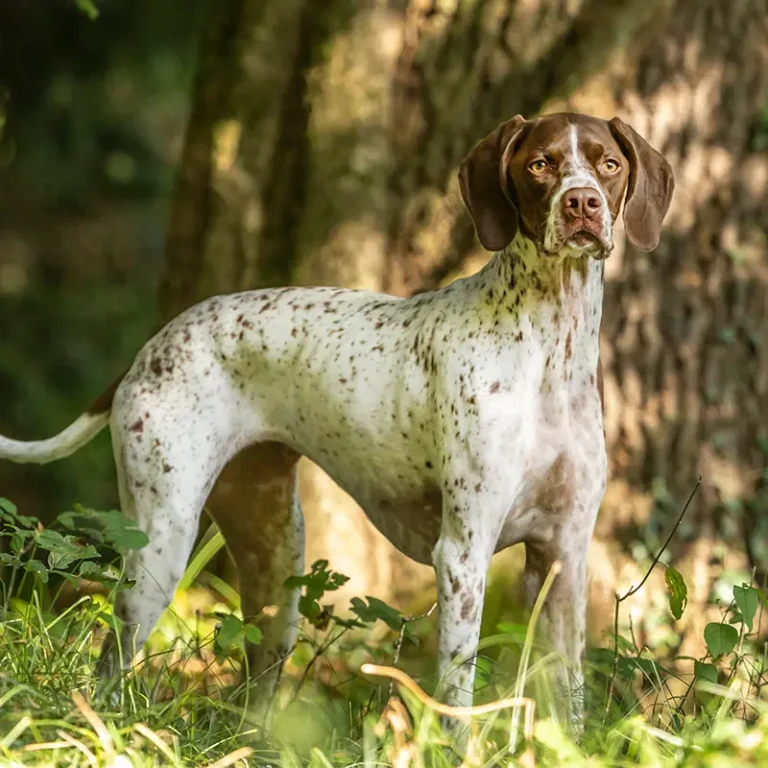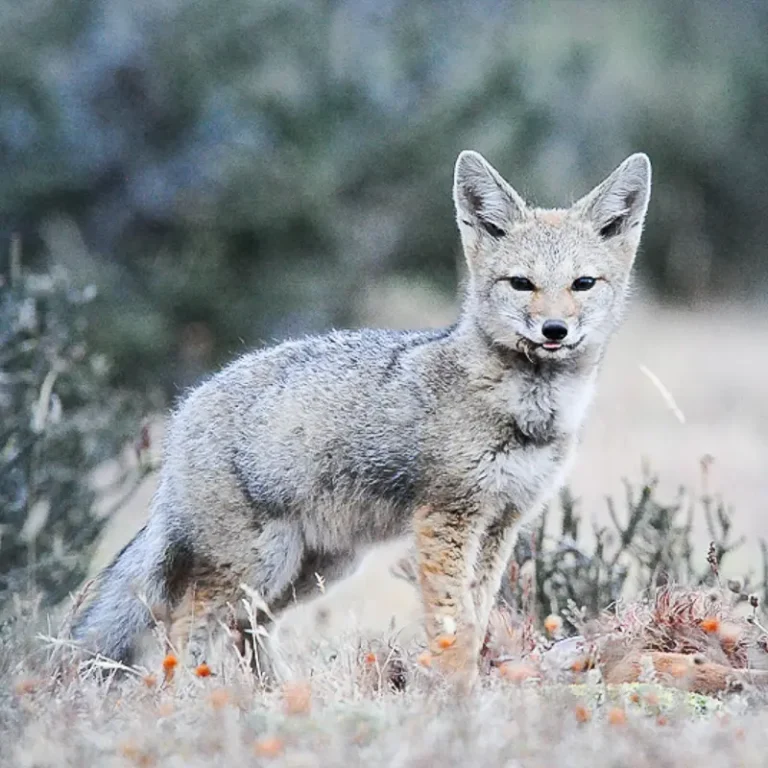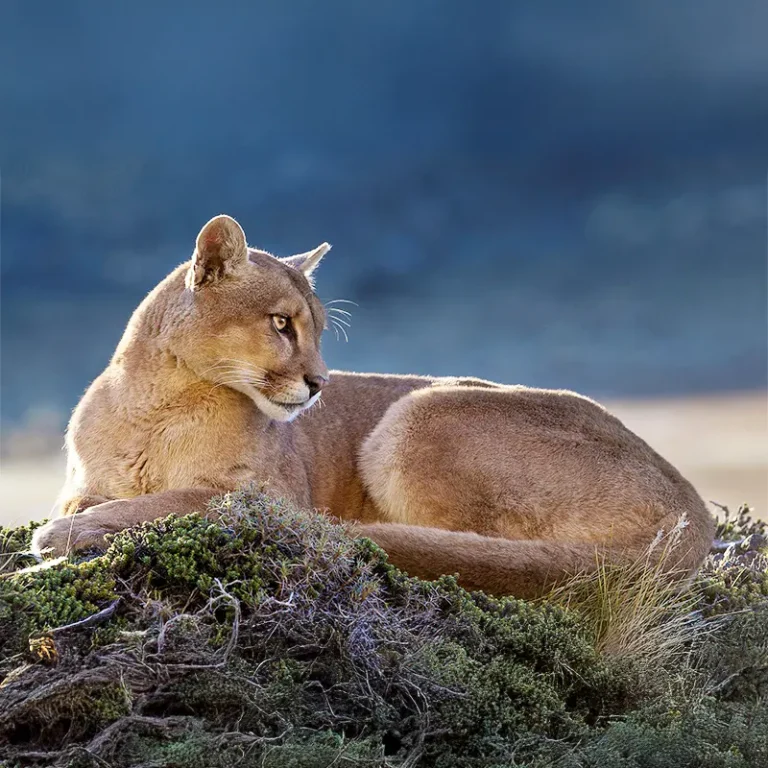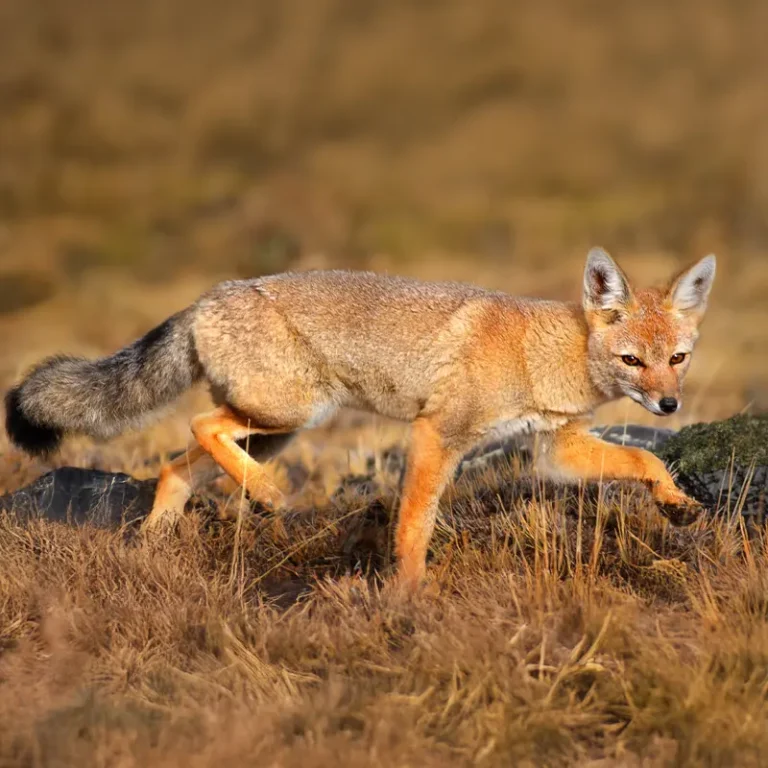Context and objectives
Livestock predation by native carnivores—such as the puma, the red fox, and the gray fox—, as well as by invasive species such as feral dogs, represents one of the most widespread and complex conflicts between human activities and wildlife in Patagonia.
This conflict not only generates economic losses for livestock producers, but often leads to responses that put the conservation of native species at risk, such as indiscriminate hunting, the use of toxic baits or traps, methods that also have a high collateral impact on other non-target species, including scavengers, birds of prey, and endangered mammals.
In this context, the Patagonian Carnivores project has the central objective of understanding the composition, dynamics, and ecology of predator communities in livestock and natural landscapes, to generate key information that allows designing more effective, ethical, and evidence-based management strategies.
This comprehensive approach seeks not only to reduce conflicts between producers and wildlife, but also to prevent the loss of biodiversity, promote sustainable livestock practices, and provide concrete tools for long-term coexistence between people and large Patagonian carnivores.
As part of the FMT’s Human-Animal Conflict Program, this project is articulated with prevention actions such as the use of livestock guardian dogs, the promotion of good livestock practices, and spaces for dialogue and training with local communities.
Our actions
- Evaluate the presence and relative abundance of native and invasive carnivores in different areas of the Patagonia National Park and surrounding areas.
- Analyze how these variations are related to the type of livestock management, the control actions applied (hunting, traps, use of protective dogs, among others), and with environmental variables such as the availability of prey or vegetation cover.
- Study the indirect effects that the removal of one species can generate on others within the predator community.
- Delve into key aspects of the ecology and behavior of some species, especially those that generate greater conflict, such as the puma, the fox, and feral dogs.
- Contribute to the generation of management plans for producers.
Protagonists
Habitat and behavior
Patagonian predators live associated with all environments, whether it be the steppe, high plateaus, or the Andean-Patagonian forest. Their natural densities are relatively low, but in certain areas they can become abundant.
Feeding
They feed on other animals, but some, such as foxes, may include significant amounts of plants, mainly fruits, in their diets. Many of them also take advantage of dead animals that were not hunted by them.
Reproduction
The reproductive rate of carnivores is generally low, but in times of high food availability some species can become very productive, with several litters per year.
Curiosity
Carnivore abundances may increase when they are hunted without control, as adult individuals exert natural controls on densities. By removing the dominant individuals, many young individuals can coexist in the same territory until one of them manages to secure its control.
Threats
The abandonment of fields has generated a large proportion of area available for carnivores to recover their populations, thus generating a source of constant conflict with livestock producers.










